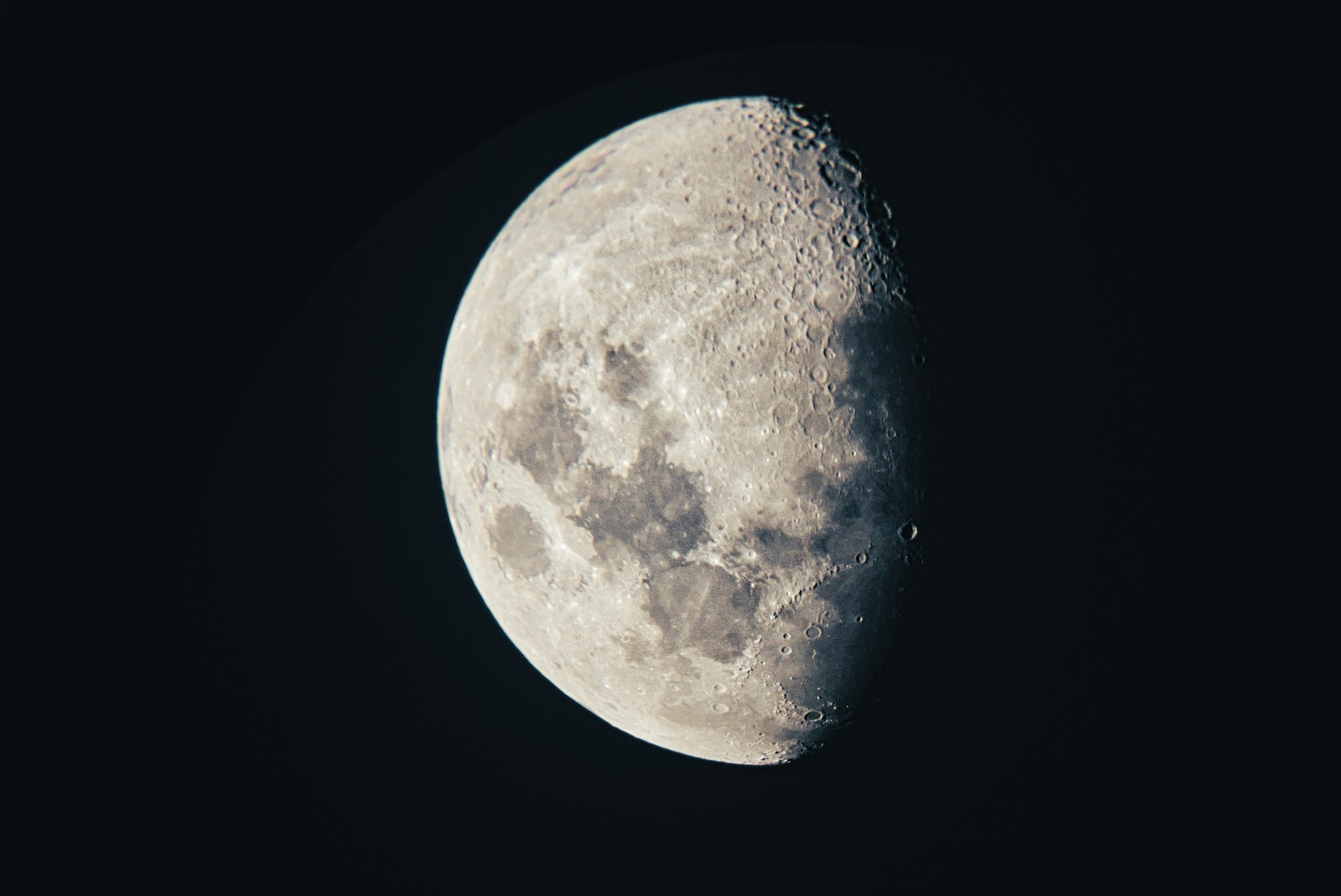In a significant milestone for space exploration, an unmanned Chinese spacecraft landed on the far side of the Moon on Sunday, June 2, as reported by the Chinese space agency. This mission marks China’s second endeavor in this uncharted lunar territory, intensifying the international race for space exploration.
The China National Space Administration (CNSA) launched the Chang’e 6 lunar probe to gather rocks and other materials from near and around a crater called the Apollo Basin, which is part of the larger South Pole-Aitken Basin on the Moon. The official state news agency, Xinhua, provided details on this mission.
The Chang’e 6 touched down at 6:23 AM local time after its launch on May 3, 2024, from the Wenchang Space Launch Center on Hainan Island in southern China. In Chinese mythology, Chang’e is the goddess of the Moon.
In recent years, China, the United States, Japan, India, and Russia have heavily invested in space exploration, crowding a field historically viewed as a symbol of national power and progress.
For China and the United States, the competition over scientific frontiers in space is particularly intense. Both nations aim to send humans to the Moon for the second time in history, with the United States planning a mission as early as 2026 and China aiming for 2030. (The United States was the first country to land humans on the Moon with the Apollo 11 mission in 1969.)
The far side of the Moon, often referred to as the “dark side,” faces away from Earth. The term “dark” refers not to the absence of light but to the fact that scientists know relatively little about this hemisphere.
Apollo 8 astronauts were the first to view the far side in 1968, and the Chang’e 4 made the first-ever landing there in January 2019.
Communications are more challenging on the far side because radio waves are blocked by thick, solid rocks, necessitating the use of a relay satellite to send signals to the spacecraft. This also requires working within a shorter window for sample collection. The rugged terrain further complicates landings.
The Chang’e 6 is expected to take about 15 hours to collect the samples. To meet this tight timeframe, CNSA scientists designed the spacecraft to make autonomous decisions with fewer commands than previous missions, according to Xinhua.
The mission aims to develop key sampling technology and capabilities for liftoff and ascent from the Moon’s far side, Xinhua added.
